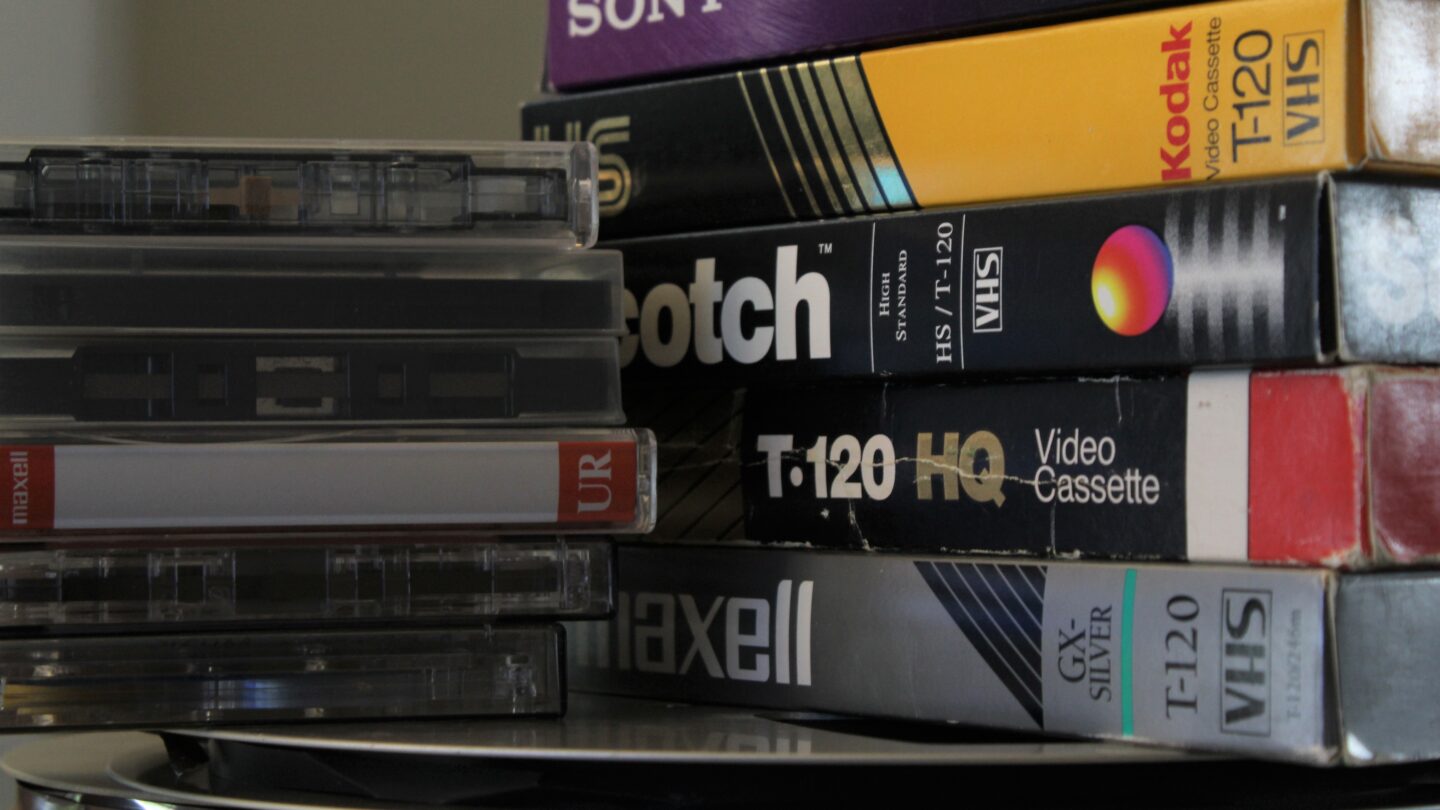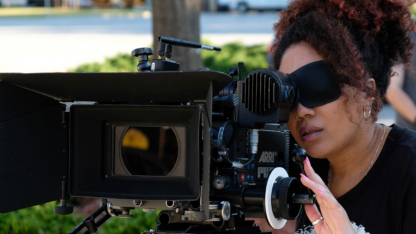When it comes to preserving memories, tech is a double-edge sword

In 1985, long before you could record, edit and distribute videos using just on the phone in your pocket, Tim Rogers started a business renting equipment for people to assemble their own vide
But there was another part of his work too: preservation.
“We were basically creating slideshows on video tapes so you can watch it on your TV,” said Rogers. “It’s a far cry from where we are now where we’re creating very high-resolution scans of images.”
His company is now called Current Pixel and, these days, the business is mostly digitizing photos and old media formats including 16mm film, VHS tapes, cassettes and reel-to-reel audio.
As technology continues to evolve, the way we capture important events in life has changed too. But preserving those memories for posterity is proving to be a challenge as well.
“The thing that’s always been a problem and is really a problem now is just getting equipment,” said Rogers. “A lot of the equipment that we use is not made any more – hasn’t been made in years, sometimes decades. Getting parts for those items, getting them serviced by people who know what they’re doing – which is few and far between at this point.”
He says another factor in preserving old media formats is the condition that they’re in. He says it’s best to store these items in a dry, climate controlled place – like on a shelf in a closet.
But he also says there are uncontrollable factors at play too.
“It could have been a defect of the manufacturing process they were using or certain materials they were using at the time,” said Rogers. “Film really can stand the test of time if it’s been stored well, but everything’s breaking down – it’s just how small is it breaking down.”
There’s the issue of preserving that material while it’s still around. There’s also the question of what media format do you convert it to – something that’ll be accessible now and in the future.
“We always recommend clients digitize their items to files and then add discs for convenience if that’s what they want,” said Rogers.
But it’s not just grainy home movies that’s important to preserve. There’s also academic research.
Josh Hogan works at Georgia State University as a digital preservation archivist.
Part of his job is not only archiving history from long ago, but also more recent documents – which can actually be a larger challenge than one might think.
Not only were we using floppy disks and Zip drives within the last quarter century, there’s also old software and file formats.
“You may or may not have ever used something like Word Perfect or some of the older Office-related type suites. But sometimes, those things, if you haven’t migrated to a .docx format or .pdf format, they’re unreadable,” said Hogan.
“That’s really the challenge,” he continued. “Not only do we have to continually migrate formats, we have to figure out which formats are going to have the longevity – if that’s even possible.”








